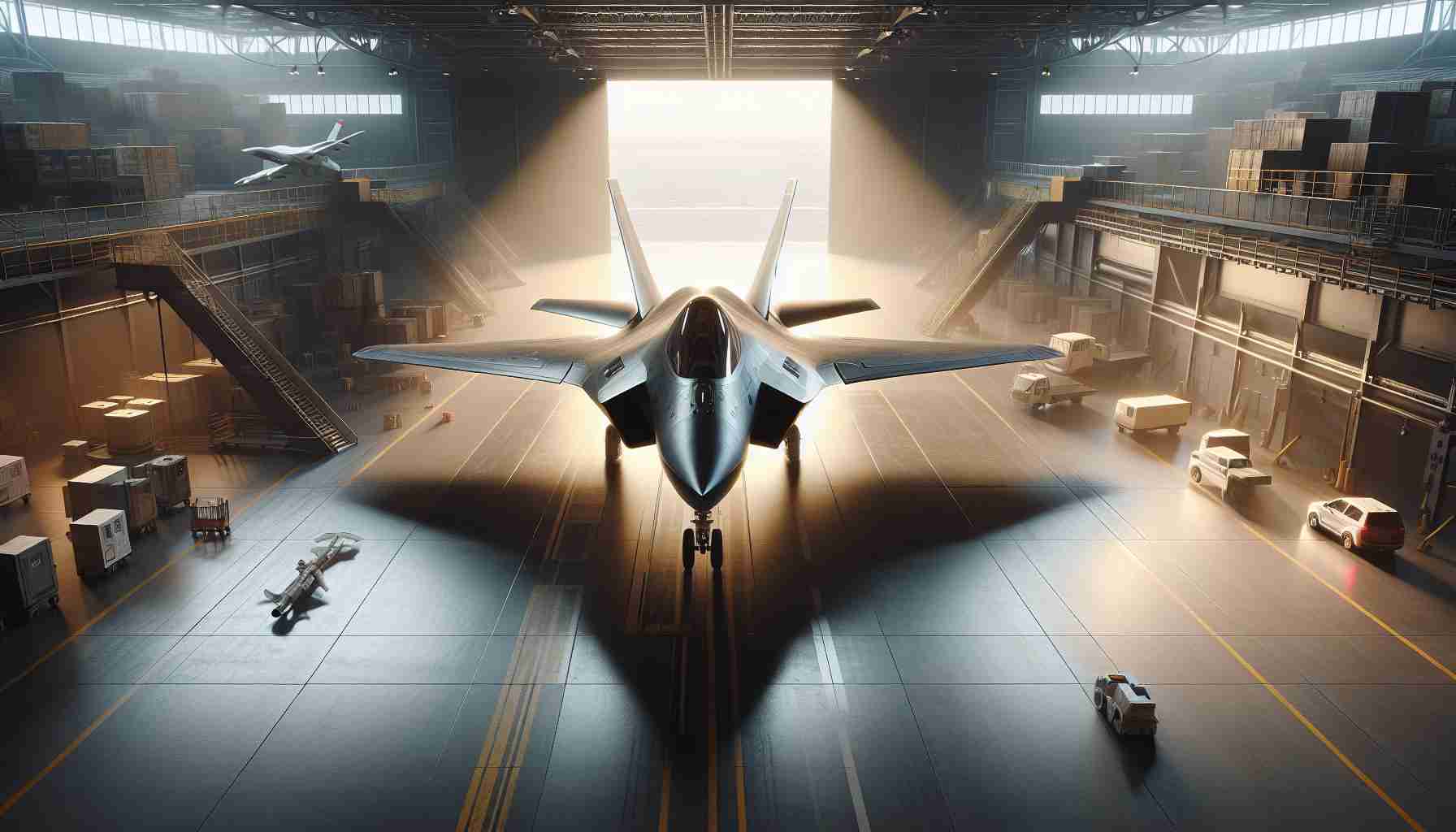Introducing a formidable competitor in the global fighter jet market, Russia’s Su-57 Felon made its highly anticipated debut at the China International Aviation and Aerospace Exhibition. As the latest addition to Russia’s stealth aircraft lineup, the Su-57 aims to challenge the dominance of American jets like the F-35 Lightning II and F-22 Raptor.
Faster, but How Does It Compare? The Su-57 boasts an impressive maximum speed of 1,616 mph, outpacing several of its counterparts. However, experts are still weighing in on whether its technological capabilities match up to those of its American rivals. While it promises advanced features, real-world performance in combat scenarios remains to be tested.
A Global Market in the Making The exhibition serves as a strategic venue for Russia to attract international interest from nations looking for advanced aircraft not readily available from Western manufacturers. With its sleek design and robust specifications, the Su-57 is being positioned as a tantalizing option for countries seeking to bolster their air forces.
The American Perspective Meanwhile, the U.S. continues to focus on its aircraft, such as the tried-and-true B-52 Stratofortress and the agile A-10 Thunderbolt II, both cherished for their distinct roles in warfare. Despite the introduction of new challengers, American fighter jets like the F-35 remain a staple, praised for their versatility and production advantages.
As the Su-57 enters the competitive arena, only time will tell if it can prove its worth against the giants of aerial combat.
Is Russia’s Su-57 Felon Revolutionizing Futuristic Air Combat?
Russia’s latest stealth fighter jet, the Su-57 Felon, has been making waves since its introduction at the China International Aviation and Aerospace Exhibition. While much attention surrounds its entry into the global market, the Su-57 offers more than just a challenge to Western jets. Let’s dive into what this aircraft represents for the future of technology and human innovation.
The Tech Behind the Felon: Cutting-Edge or Cut Short?
The Su-57 is not merely about stealth and speed; it incorporates a suite of modern technologies that could potentially alter air combat strategies. Among these is its advanced avionics system, which reportedly integrates AI for target recognition and piloting assistance, hinting at an edge in autonomous combat capabilities—a technological frontier that excites many but also poses ethical dilemmas regarding AI in warfare.
Moreover, the Su-57’s stealth capabilities leveraging composite materials and plasma stealth technology aim to reduce radar cross-section significantly. Yet, skeptics question if it matches the refined stealth found in its American counterparts like the F-35, whose cloaking mechanisms have been trialed extensively.
Global Implications: A New Era of Military Procurement?
Markets dominated by U.S. and European fighter jets might witness a shift with the Su-57’s competitive pricing. For countries sidelined due to Western embargoes, the Su-57 presents a new opportunity to enhance military capabilities without diplomatic strings attached. However, this raises concerns about escalating arms races, as new players gain access to advanced military tech.
Pros and Cons: Weighing the Impact
Advantages:
– Economic Gains for Russia: The Su-57 could bolster Russia’s economy through increased arms exports.
– Technological Competition: Drives innovation as global powers develop countermeasures, pushing boundaries in radar, missile, and cyber technologies.
Disadvantages:
– Ethical Concerns: The use of AI in combat raises questions about accountability, decision-making, and warfare ethics.
– Global Tensions: New military capabilities could destabilize regional security dynamics, potentially leading to heightened geopolitical tensions.
Future Questions: Navigating Innovation and Diplomacy
1. How will AI integration in fighter jets influence international warfare norms?
As AI-enhanced jets like the Su-57 become more prevalent, international bodies would need to establish clear guidelines to manage their use.
2. Could tech transfer policies mitigate risks associated with arms exports?
Enhanced scrutiny and controls could ensure that technological advancements do not inadvertently heighten global conflicts.
3. Is there a feasible path to arms control in this new era of stealth and AI innovation?
Multilateral agreements might be necessary to prevent an unchecked escalation in military tech development.
Russia’s Su-57 Felon has undoubtedly stirred a conversation not just about air superiority but also about how militaries worldwide might evolve in response to technology’s rapid pace. The decisions made today about these innovations could have far-reaching implications for our future world landscape.
For more details about this topic, visit: Lockheed Martin | Boeing | Aviation Week.







